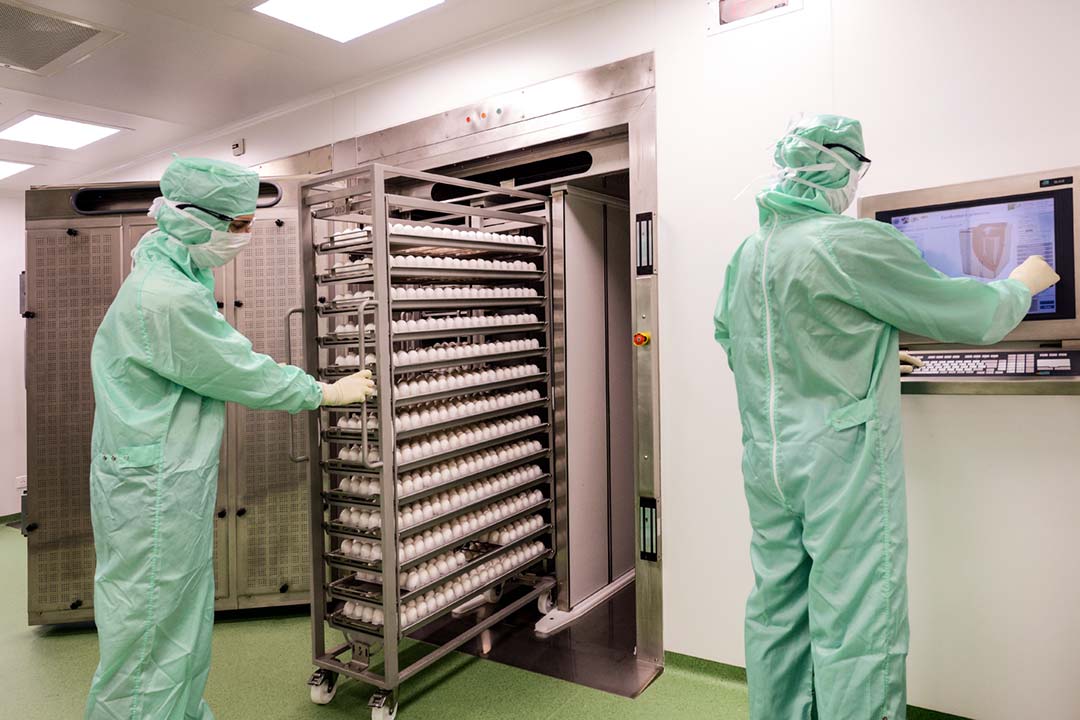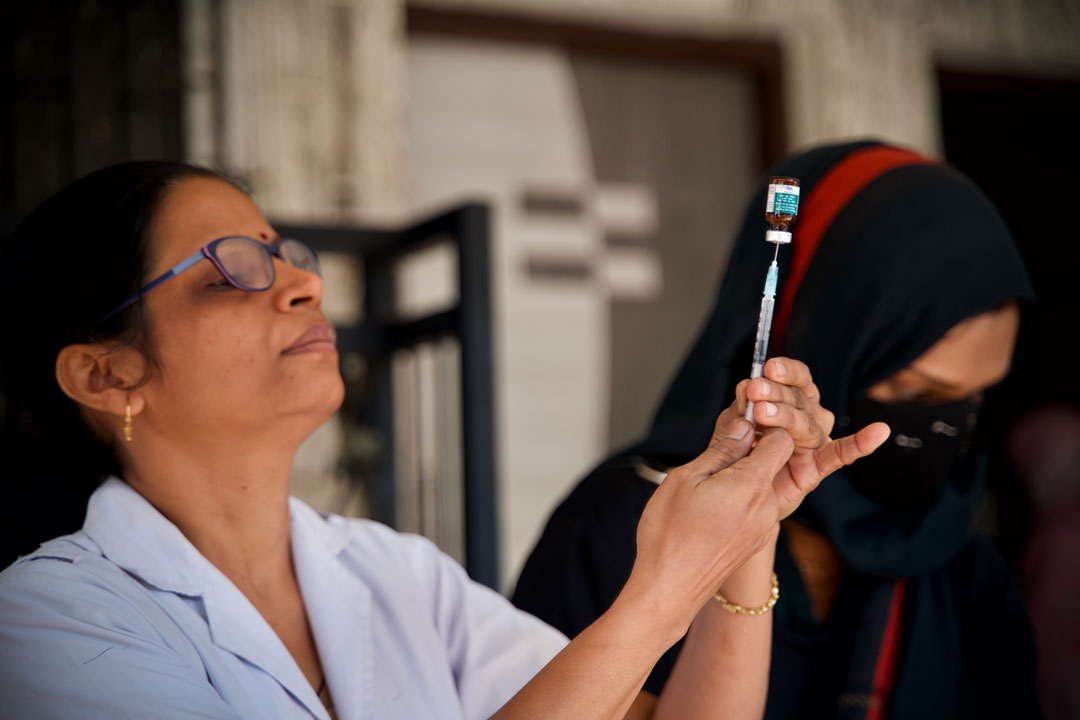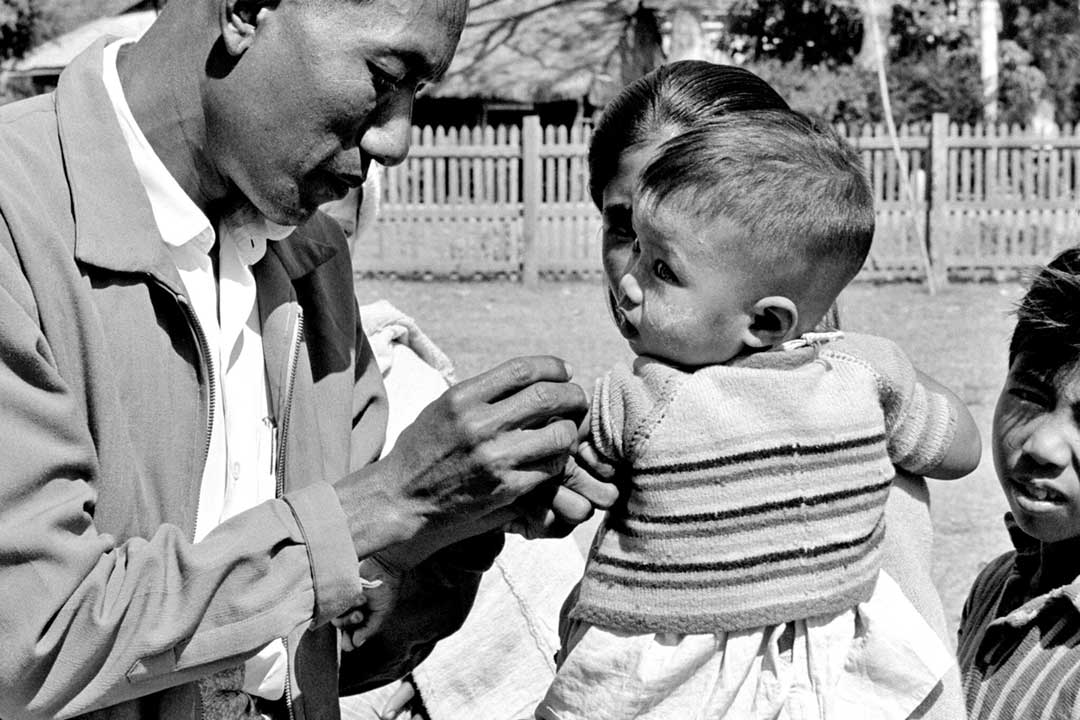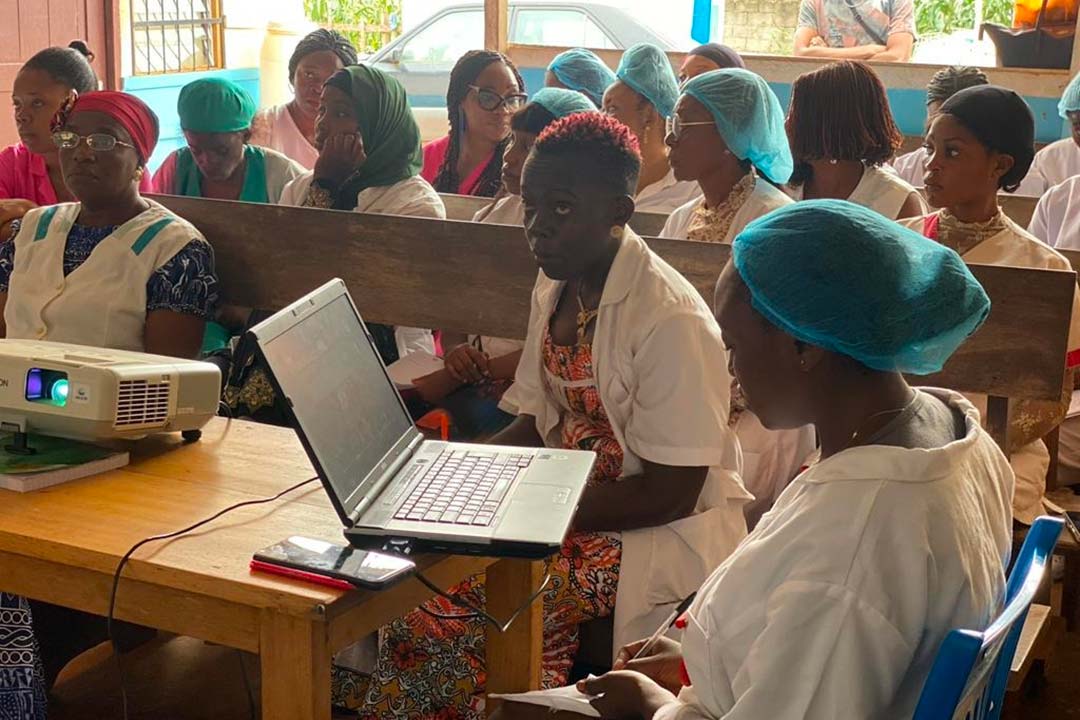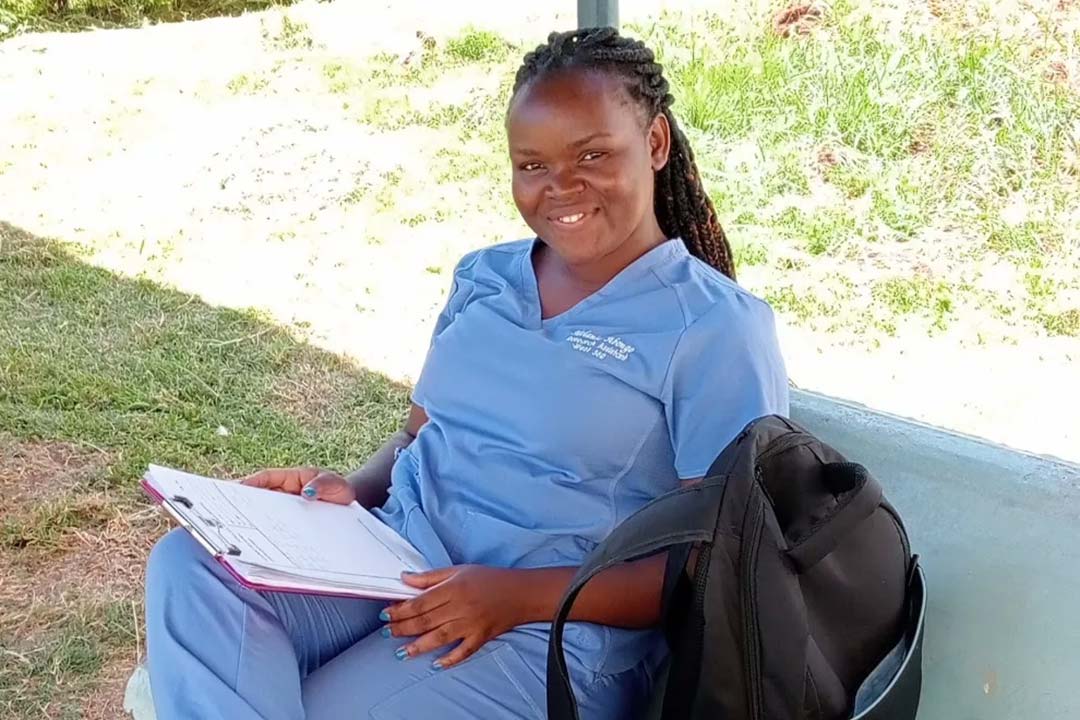Why understanding superspreaders could be one key way of controlling the COVID-19 pandemic
Superspreading events, where one person infects tens of others, appear to be playing an increasingly significant role in the spread of COVID-19. So what have we learned about these events and how can we stop them from fuelling the pandemic?
- 6 November 2020
- 4 min read
- by Priya Joi

The COVID-19 pandemic has thrown new jargon into our daily language – physical distancing, quarantine and now superspreaders, a term used to describe people who seem to be able to infect large numbers of people with minimal contact – much more than the average person.
In early March, one sick choir member infected 52 people out of a choir of 61. In one of the biggest studies of its kind, researchers investigated 85,000 people and half a million contacts in India, and found that just 8% of people were responsible for 60% of infections; 71% of people appeared to have never passed the infection on to anyone.
The idea of superspreaders is not new – the MERS-CoV outbreak in South Korea was linked to just three infected people, to whom 75% of cases can be traced back to. Similarly, in the 2014 Ebola outbreak in West Africa, 3% of infected people caused 61% of infections.
How do superspreaders infect more people than others?
People are believed to be most infectious when the virus is replicating, but this alone may not explain superspreaders. One theory attributes it to a higher infectious viral load – the amount of live virus a person carries – which could make people more likely to infect others. Another is that superspreaders could be people who shed an unusually large amount of virus, although this is still unclear.
Early on in the pandemic, sneezing and coughing seemed to be the two most important ways of spreading the virus. However, now it is clear that talking loudly, singing and breathing hard may also be factors – behaviours seen in choirs, karaoke bars, gyms and parties, all of which have been identified as likely superspreader events.
Have you read?
Scientists believe this could be because COVID-19 may also spread as aerosols as well as respiratory droplets. An aerosol is a particle that can hover in the air for minutes or hours and is about 100 micrometres (0.0001 metres) in size, roughly the width of a human hair. Respiratory droplets tend to be larger and can only travel a metre or so before falling to the ground or nearby surfaces.
Respiratory aerosols are created when the vocal folds in our larynx open and shut rapidly and the respiratory fluid is pulled apart, creating tiny aerosols. These are then expelled out of the nose and mouth; the more forceful the air is blasted out of the airways, such as when someone is talking loudly or singing, the further the aerosols travel. The more viscous the respiratory fluid, such as when someone is sick with an infection like COVID-19, the more respiratory aerosols seem to be produced.
Why it’s more accurate to talk about superspreading events
Now the discussion is starting to move away from the role of the individual, who risk persecution and stigma even though they may be unaware that they were superspreading, and more towards superspreading events. Because context is critical, and no matter how infectious a person is, the environment they are in can have a significant impact on how many people they infect.
The duration of time a group of people spend together, the type of venue, whether physical distancing was observed and the amount of time spent without masks, all contribute to whether a regular event shifts up a gear to become a superspreading one. In choirs and karaoke bars, for instance, people often cannot physically distance themselves, and often they may not wear masks. This can be compounded by being in crowded, unventilated spaces that trap aerosols.
Social bubbles, in which people only mix with a limited number of friends or family, may also play a role in superspreading, according to research published earlier this year by researchers at Imperial College London and Simon Fraser University in Canada. They developed mathematical models to look at the impact of wearing masks, hand hygiene, physical distancing and social bubbles on the risk of infection in different situations. They found that on short train or bus rides, masks and hand hygiene have a big impact. However, in situations where people spend more time, such as schools or restaurants, physical distancing and having maintained tight social bubbles tend to be more effective.
How do we avoid a superspreading event?
Right now, there is no reliable way to identify people who may be superspreaders, and scientists are wary of doing so in any case, to avoid social stigma or bias.
Preventing superspreading events relies on measures already being advocated to stop the spread of COVID-19 – avoiding crowded spaces, enclosed spaces with no ventilation, wearing masks and hand hygiene, physical distancing and avoiding mixing with too many households.

